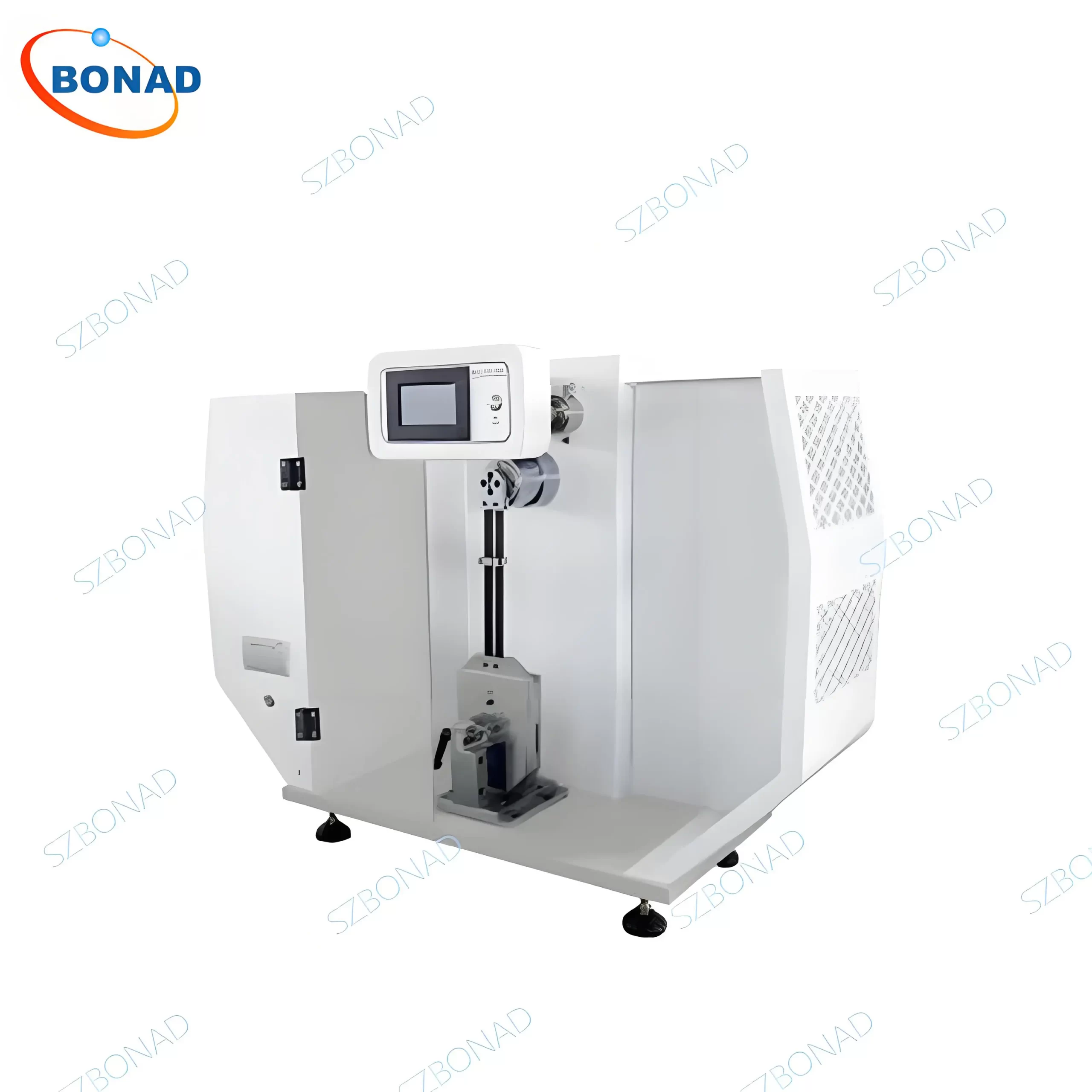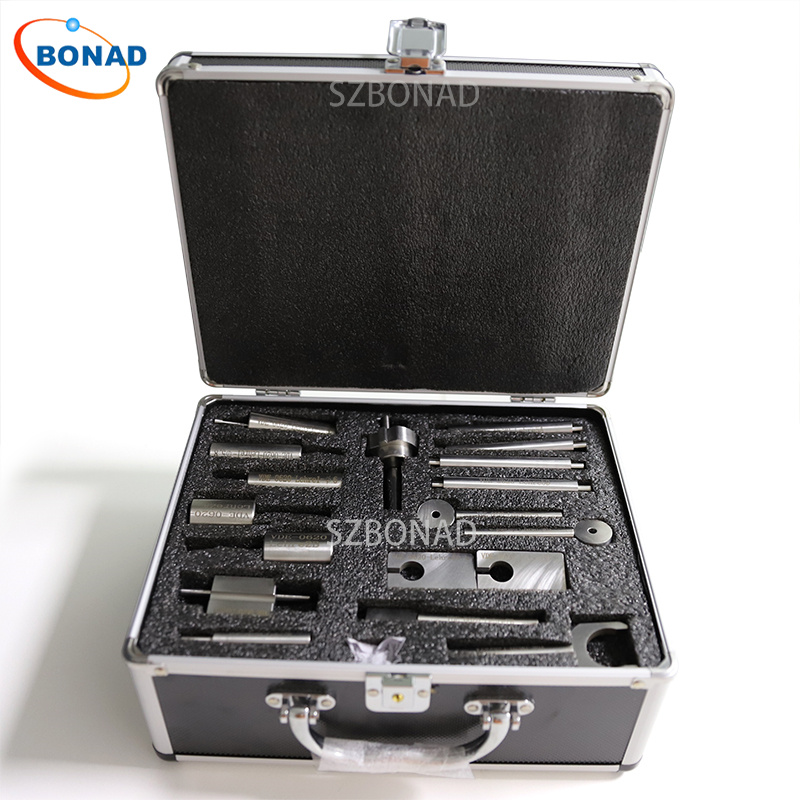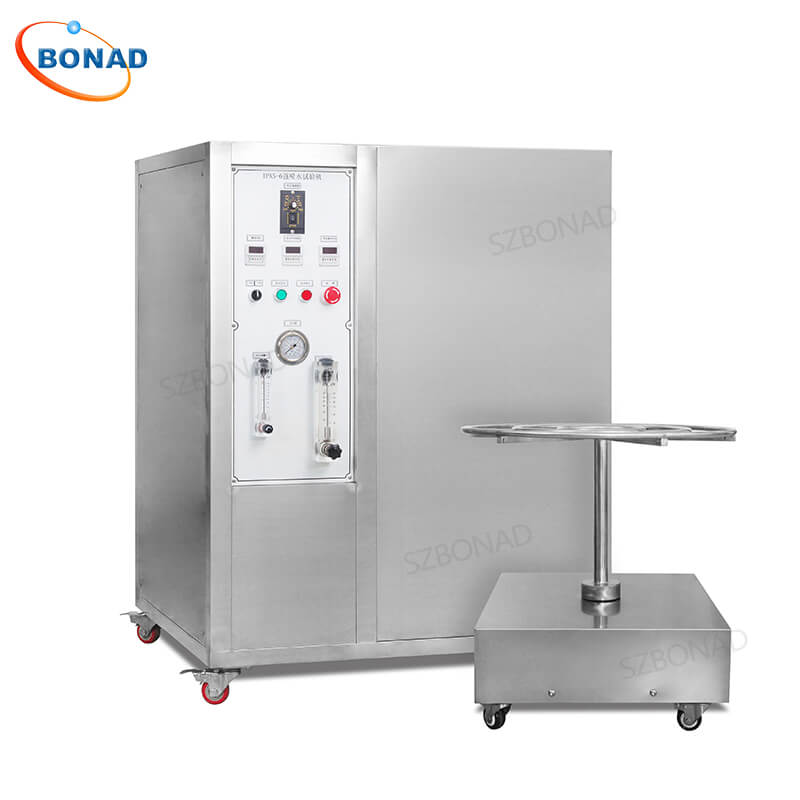Charpy vs Drop Weight Test: Key Differences in Impact Testing Methods
Impact testing is critical for evaluating material behavior under sudden loads. Two prominent methods—Charpy Impact Test and Drop Weight Test—serve distinct purposes across industries. Understanding their differences ensures accurate material selection for safety-critical applications.
What is the Charpy Impact Test?
The Charpy test (V-notch test) uses a pendulum hammer to strike a notched specimen horizontally. It measures energy absorption (in joules) during fracture, indicating material toughness. Ideal for:
- Assessing ductile-to-brittle transition in cold environments
- Testing metals like steel, aluminum, and alloys
- Applications: Automotive parts, structural steel, shipbuilding (ISO 148-1/ASTM E23)
What is the Drop Weight Test?
This test drops a guided weight vertically onto a specimen with a pressed notch. It focuses on crack initiation and propagation, determining fracture resistance. Ideal for:
- High-stress applications (pressure vessels, armor plates)
- Verifying crack arrest behavior in extreme conditions (ASTM E208)
- Materials: Pipeline steels, heavy-duty alloys
Key Differences Summarized
| Feature | Charpy Test | Drop Weight Test |
|---|---|---|
| Principle | Horizontal pendulum strike | Vertical weight drop |
| Measurement | Energy absorbed (Joules) | Crack initiation/growth |
| Notch Type | V-notch/U-notch | Pressed/machined notch |
| Best For | Routine QC, ductility checks | Critical crack resistance |
| Standards | ISO 148-1, ASTM E23 | ASTM E208 |
When to Use Each Method
- Choose Charpy For:
• Low-temperature ductility testing (pipelines, offshore)
• Routine QC in construction/shipbuilding
• Batch consistency validation - Choose Drop Weight For:
• Crack resistance in armor/pressure vessels
• Simulating field impacts (oil & gas, defense)
• High-strength steels in harsh environments
Industry Applications
- Charpy: Automotive components, structural welds, moderate-condition pipelines.
- Drop Weight: Arctic pipelines, nuclear reactors, ballistic armor, heavy mining equipment.
Limitations
- Charpy: Single data point; sensitive to notch/temperature variations.
- Drop Weight: Specialized equipment; impractical for routine QC.
Conclusion
While both tests evaluate impact resistance, Charpy measures energy absorption, while Drop Weight analyzes crack behavior. Your choice depends on material requirements, industry standards, and application criticality.
Ensure Material Integrity with SZBONAD
SZBONAD delivers precision impact testing equipment—from Charpy testers to drop weight systems—tailored to ASTM/ISO standards. Contact us for expert guidance and equipment solutions to meet your testing demands.



